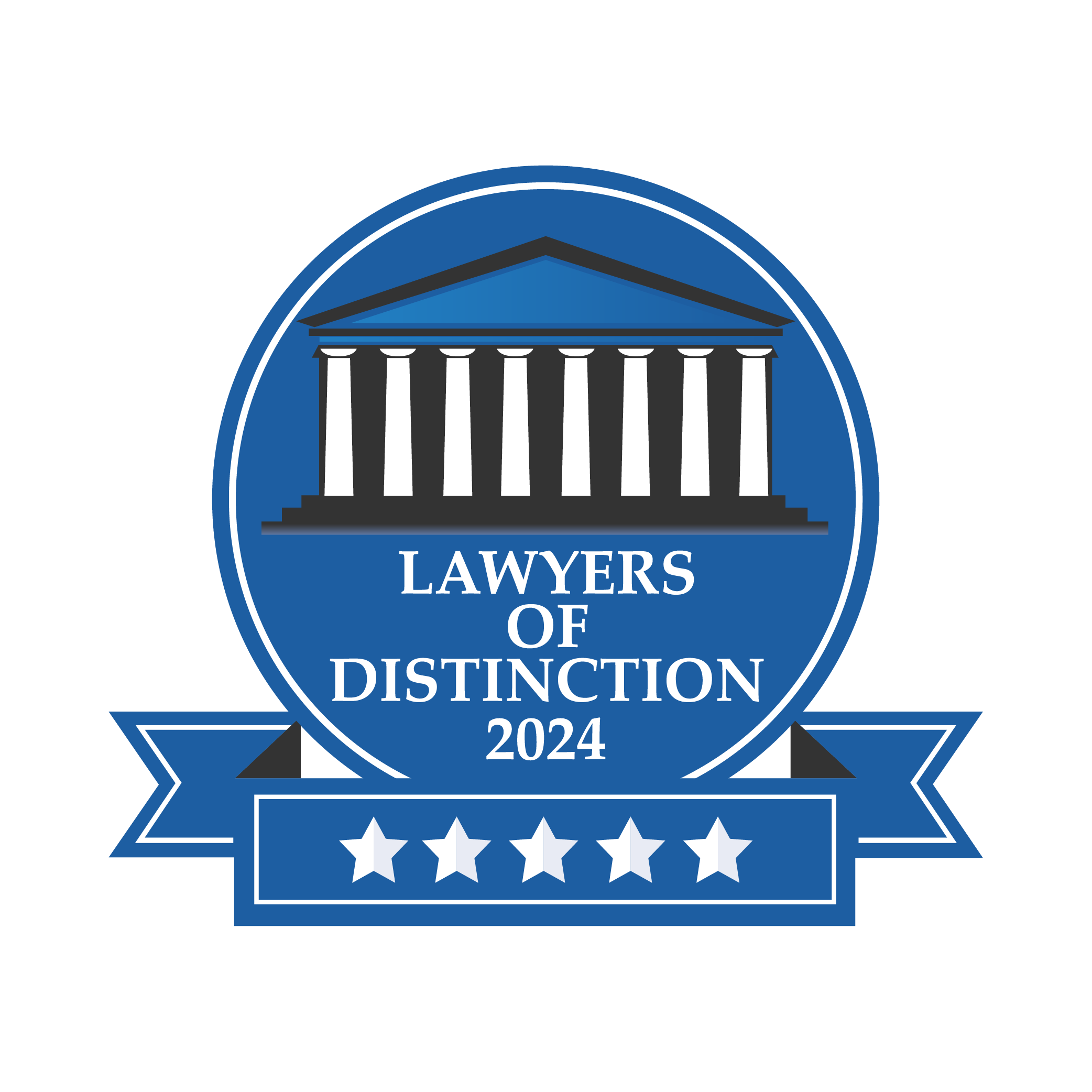Experiencing a burn injury can be extremely painful and traumatic. If severe enough, this type of injury can result in long-lasting consequences, affecting every aspect of your life. Each year, up to 10,000 people die from burn-related injuries in the U.S. About 1.1 million burn injuries require some form of medical treatment. Whether it’s from a fire accident, a faulty product, or some other cause, if your injury was due to another party’s negligence, you may have a case for a burn injury lawsuit. An experienced Las Vegas personal injury lawyer can help you navigate through the legal process. They’ll assess your situation and come up with a strategy that best meets your needs.
Common Causes of Burn Injuries
The causes of burn injuries can be summarized into four categories:
- Thermal: These are burns that occur from contact with an external heat source. Anything that is ‘hot’ would be considered a heat source, including fire, steam, scalding liquid, or other hot objects.
- Radiation: Radiation burns are caused by exposure to UV-rays, X-rays, or other sources of radiation. The most common radiation burns come from overexposure to the sun’s UV-rays. While the effects of thermal burns can occur almost immediately after contact with a hot object, radiation burns can take days or even weeks to notice.
- Chemical: Contact with a corrosive substance, acids, or solvents can result in a chemical burn. Misuse of everyday household products like cleaning or cosmetic solutions is a common cause of chemical burns. Another common cause is handling corrosive chemicals at the workplace, especially in an industrial setting.
- Electrical: When electricity comes in contact with your skin, it can cause an electric burn. This can occur when someone touches exposed wiring from an appliance, children biting on electrical cords, or not shutting down the power source when making repairs. The damage can be a superficial skin burn or serious enough to damage tissues and organs.
Other causes of burn can also include a freeze burn (i.e., frostbite) or friction burn (i.e., abrasive objects rubbing against your skin).
Types of Burns
Medical professionals categorize burns based on the degree of severity. The higher the degree of the burn, the more severe it is.
First-Degree
A first-degree burn is a superficial burn that affects the top layer of your skin. Symptoms can include redness of skin, itchiness, pain, and swelling. After a day or two, you may even notice skin peeling in the burn area. Since the pain is often mild, it may not require medical treatment. To help alleviate the pain and swelling, treat your wound with a cool compress for a few minutes. If the pain worsens in a few days or there are signs of infection, seek medical attention from a doctor.
Second-Degree
Second-degree burns are more severe than first-degree burns as it affects the top two layers of your skin. This type of burn can occur from severe sunburn, exposure to fire, or contact with boiling water. Symptoms on the affected area vary from blisters and moisture to discoloration and intense pain. While some second-degree burns can be minor, other times, they can be serious and even life-threatening. Recovery times can also be longer, taking several weeks to fully heal.
Third-Degree
Also known as full-thickness burns, this type of burn destroys the top two layers and the fat tissues underneath the skin. Your skin can look charred and appear white, brown, or black. It also might have a dry, leathery texture. Third-degree burns require immediate treatment from a doctor. Extensive treatment, such as skin grafts and surgery, is often necessary.
Fourth-Degree
A severe type of burn that damages the top layers of your skin, tissues, nerves, and possibly even muscles. It may look charred in appearance, and bone may even be exposed. You also won’t feel pain as nerves are likely damaged at this point. A fourth-degree burn is a medical emergency and requires a trip to the ER. The longer you wait for treatment, the more serious the consequences can be, including amputation or even death.
Types of Compensation for Burn Injuries
Victims may be entitled to different types of compensation for their burn or fire injuries. These include:
- Economic Damages: These types of damages have a hard dollar value attached to them and are relatively easy to determine. Economic damages can include your past and future treatment costs, lost wages, childcare or home care services, or property damages.
- Non-Economic Damages: A burn injury can have long-lasting consequences that are not easily quantifiable. This includes suffering from emotional distress, pain and suffering, scarring or disfigurement, loss of companionship, or an overall reduction in your quality of life.
- Punitive Damages: If the negligent party acted intentionally or recklessly, causing serious damages, courts might award victims with punitive damages. The purpose of punitive damages is to punish the defendant for egregious conduct.
Depending on the burn’s severity, a burn injury victim can suffer both economic and non-economic damages. While compensation for damages like medical bills or lost wages is easy to calculate, compensation for trauma or pain and suffering can be complex to determine. In Nevada burn injury cases, there are no caps on economic damages. The victim can claim all past and future fixed expense costs relating to the incident. The same no cap rule applies for non-economic damages. The exception is in medical malpractice claims where non-economic damages are capped at $350,000. Consulting with a burn injury attorney will give you the best chance of getting the compensation you deserve. Whether your burn is from a product, a car accident, or chemical exposure, a burn or fire attorney will assess your case and help you calculate your total amount of damages.
Who is Responsible for Burn Injuries?
The types and amount of compensation you receive will depend largely on who is liable for your burn injury incident. Potential parties who could be responsible for your burn injuries include:
- Manufacturer of a faulty product
- A company or employer in which the burn injury took place on their premise
- Another negligent individual causing the burn injury
- Yourself – accidentally causing the injury
A burn victim can file a lawsuit by demonstrating another party’s negligence. This means establishing four elements:
- The defendant owed the injured victim a duty of care
- The defendant breached that duty
- The breach caused the burn injuries
- The injured victim suffered damages
The success of receiving the full compensation for your damages will rest on the burn victim establishing these four elements. While simple in concept, crafting a compelling case to prove the other party was negligent is not always easy nor straightforward. Therefore, it is crucial to have an experienced burn attorney represent you.
What happens if you were partially responsible for your burn injuries?
If the other party is entirely at fault, you have the right to recover 100% of your damages. If you were partially liable for your burn injuries, you may still be entitled to compensation for your damages. Nevada operates under a rule known as “comparative negligence.” Under comparative negligence, the victim is entitled to compensation so long as they were not found over 50% to blame in the incident. This means, if you were 50% or less to blame for the accident, you have the right to seek compensation. However, your compensation will reduce in proportion to the percentage of blame assigned to you. Burn victims would not be able to pursue action against another party if they were assigned 51% or more of the blame.
Consult a Burn Injury Lawyer
Severe burn injuries can be traumatic and take a long time to heal. These injuries can have significant impacts on your life. That’s why reaching out to a burn injury law firm should be a priority. Here are some ways a burn injury lawyer can help you:
- Fighting for your compensation: As you may already tell, seeking compensation can be complicated. While damages like medical bills or treatment costs are simple to calculate, non-economic damages like pain and suffering can be difficult to quantify. A lawyer will assess your situation and develop a strategy to help you attain maximum compensation for your damages.
- Navigating the legal process: In Nevada, the statute of limitations for a burn injury case is two years. This means you have two years from the time of the accident to bring up a lawsuit against the other party. An experienced burn injury or house fire attorney will ensure all your filings are made in time. They’ll also walk you through the entire court process, alleviating the stress of figuring out all the legal procedures yourself.
- Sorting out the parties involved: More than one party may be liable for the incident. If that’s the case, you may take legal action against multiple parties. This can get complex, especially when assigning fault and pursuing the full amount on your damages. A burns lawyer will investigate the facts and identify the appropriate parties to bring the case against.
- Allowing you to heal: Your main priority after a burn incident should be to get the necessary healing care. Dealing with civil procedures, paperwork, and court meetings is the last thing you’d want during this time. Let a burn injury lawyer handle the legal red tape while you recover from your injuries.
Let Valiente Mott Help
Valiente Mott is a personal injury firm that represents victims injured due to someone else’s negligence. If you are suffering from a burn injury due to negligence or a fire, our lawyers can help! We offer a free, no-obligation consultation to discuss your case. Our experienced personal injury attorneys in Las Vegas will help you navigate every step of your case. We offer compassionate yet assertive representation to ensure our clients receive the compensation they deserve.

